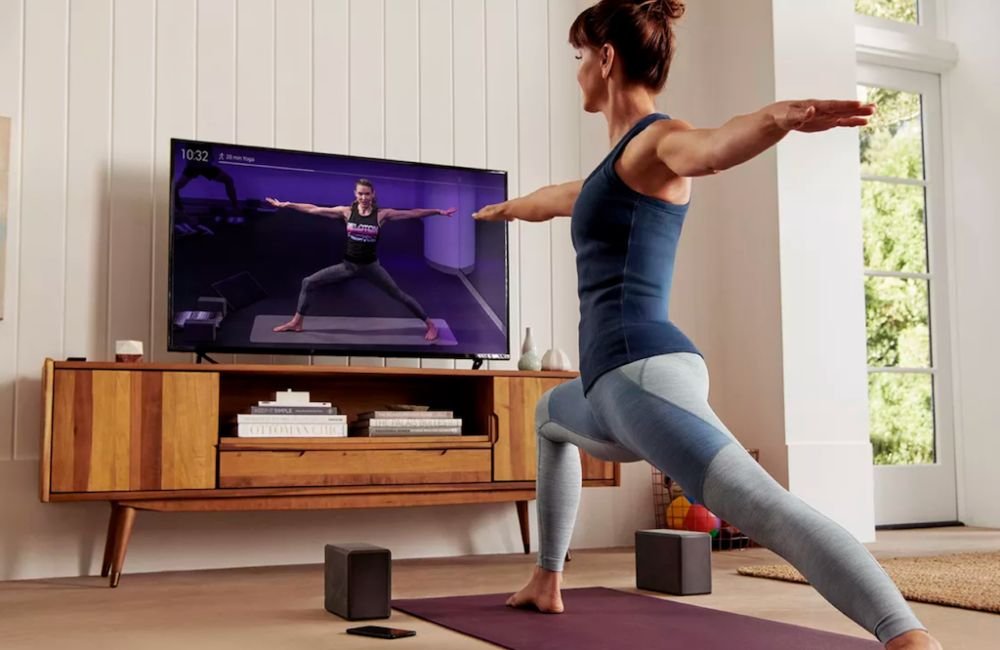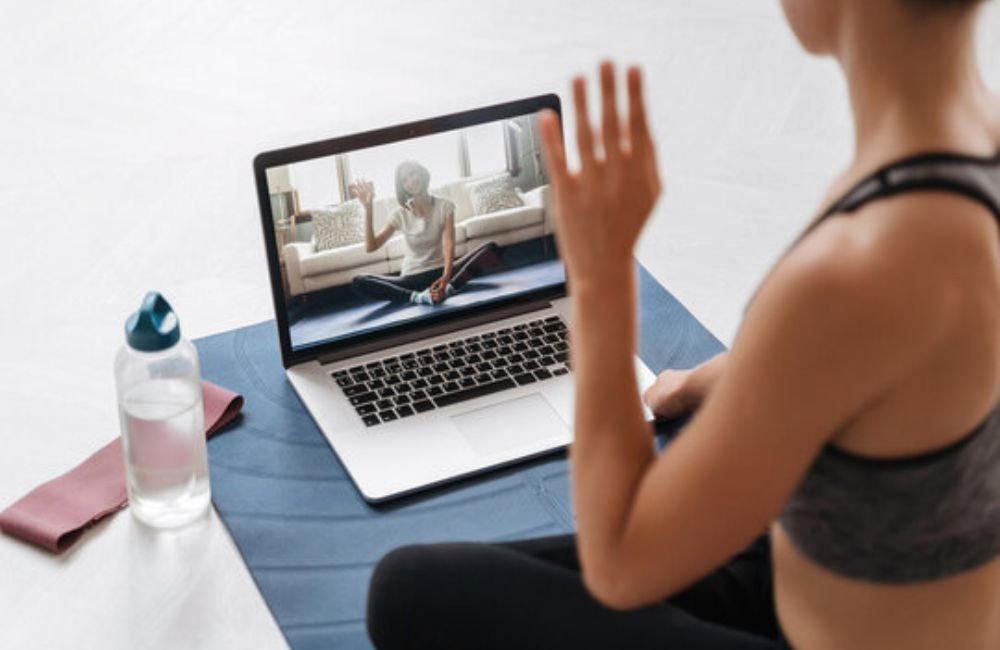Fashion
What Are People Looking For in Online Fitness Classes:

Online fitness/soundness is bellowing, and many gym owners and personal trainers are reaching clients far above their cities with engaging at-home classes. But with online fitness classes still being moderately new, at one point or another, every instructor has asked themselves: what people are looking for in online fitness classes?
Knowing what people are looking for is the difference between low turn-out in your live-streamed and on-demand classes, so it’s worth learning. So let’s break down what people are looking for in online fitness classes—and ways you can match the demand with your fitness programming to help your clients meet their fitness goals.

Here are the main 7 points to keep in mind while offering online fitness classes; what are people looking for in online fitness classes?
. 7. Reasonable classes
Affordability is another crucial part of the value people seek from online fitness classes. You don’t have to rent a fitness studio, you don’t have to commute, and you don’t have any limits on the number of clients you can train at once, so people expect a discount over in-person fitness. Switching online doesn’t mean you’ll lose money, though. It can mean the exact opposite. With less overhead, no limits on participation, and an attractive training offer, you can earn even more than you would in person. That’s a game-changer.
6. Assortment
People love new fitness challenges as much as they love mastering a specific workout. So play your greatest hits in your online classes, but remember to keep it fresh. Striking the right balance will help your regulars feel confident and excited about every category. When running promos, emphasize the new training you’re offering each week, so each class sounds just a bit exclusive. “Join us for two new quad-sculpting exercises” is way more enticing than “let’s do 45 minutes of squats,” you’ve got to admit.
5. Workouts you don’t need (much) equipment for
Most of us don’t have dedicated workout spaces at home, and offering workouts that use little equipment is a great way to ensure your classes are accessible. If someone can slap down a yoga mat, grab a resistance band, and participate fully, you’re in the sweet spot. That doesn’t mean your live classes will be restricted, though. Calisthenics, plyometrics, and yoga are great workout formats for low-equipment setups; there’s tons of space within these disciplines to apply your expertise. (Plus, you can use low-equipment classes to nudge people towards in-person training with all your usual gear.) Once you’ve got regulars, incorporate equipment like resistance bands and medicine balls. They won’t take up much space in a client’s home and can open up many more ways to train.
4. Easy, uncomplicated sign-ups
Easy registration is crucial to offering flexible classes, and signing up for an online course shouldn’t feel like a Mission Impossible sequel. People want to be able to register in a few clicks, get an invite link, and then show up to work out. Getting new clients signed up is a piece of cake with Trainerize. Grab a potential client’s email, head into your Trainerize web app, and add them as new clients. Once they’ve set up their account and logged into the app, they can access your classes anytime.
3. Key to the pros
Every neighborhood gym has a trainer or two on staff, but many people want to train with the very best. Online fitness classes are the easiest way to access quality trainers, and if you position yourself as one, your star power can translate into jam-packed classes. You mustn’t be Tony Horton to market yourself as a pro. You could be an expert community-builder or an ex-coach focusing on a specific sport—soccer. Maybe you run one of the only fitness classes for BIPOC in your area and specialize in creating inclusive community spaces. Everyone’s an expert at something, so reflect on what makes you unique and double down on it. That narrative will take you further than you could ever imagine.
2. High-quality understanding
A few key factors go into creating a high-quality learning experience. These include your background, your lighting, your audio, your internet connection, and of course, your expertise. So grab some affordable lights for online fitness classes, clean your house, and put some excellent art in the frame and upgrade your wifi if it’s a bit spotty so you never drop off mid-class. Every bit of effort goes a long, long way.
1. Flexibility
Going to a gym or studio requires your clients to leave the house, and for many people, that’s a big ask. Offering high-value classes online is a great way to help people create a fitness routine around their busy schedules. When marketing your online fitness classes, make sure to allude to the time-saving benefits of working out at home. Lines like “squeeze in that workout you need—even if you’re busy” work well because they’re friendly and drive home the accessibility you offer.













